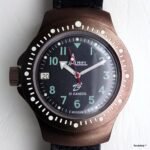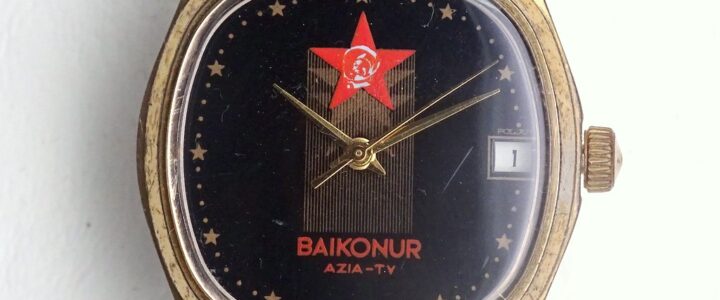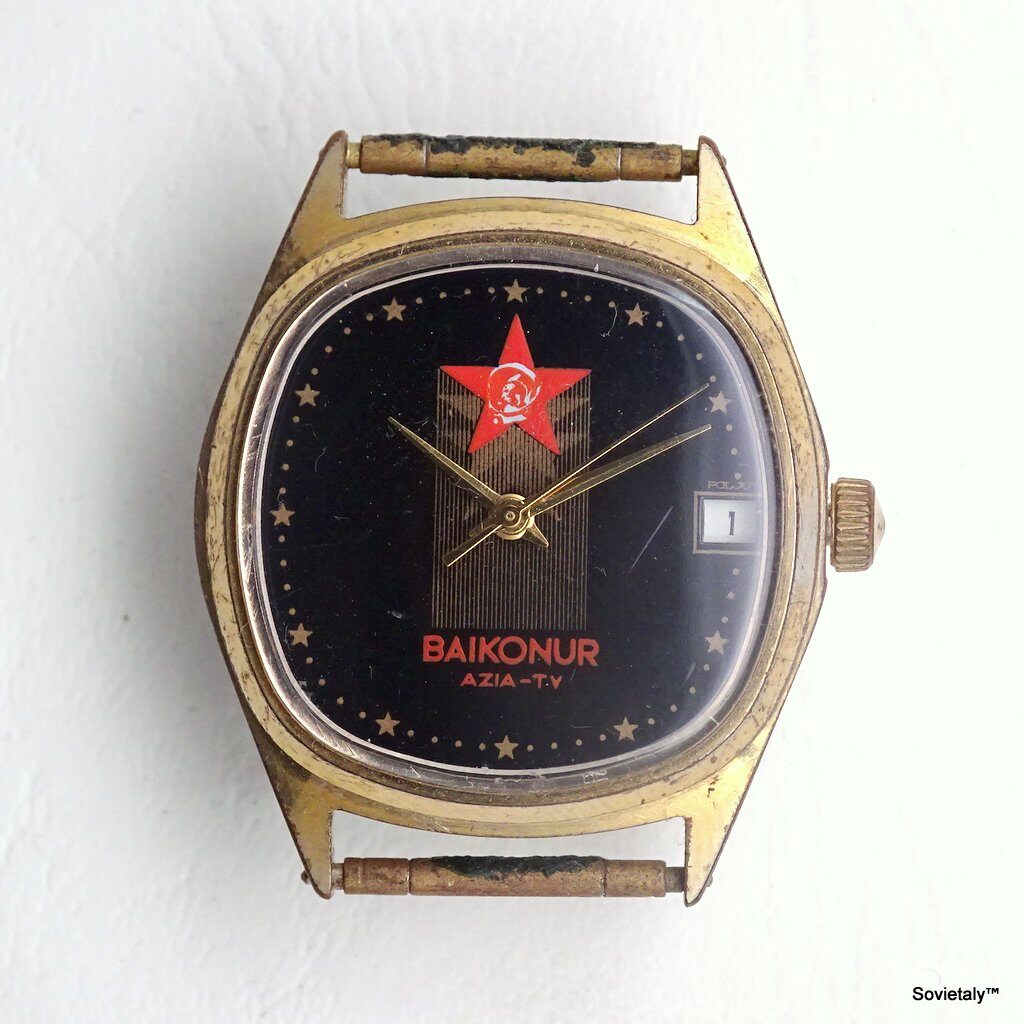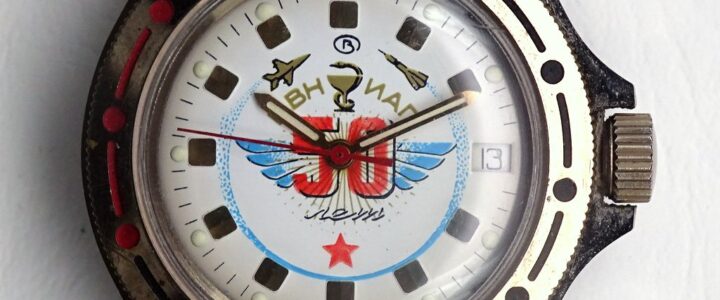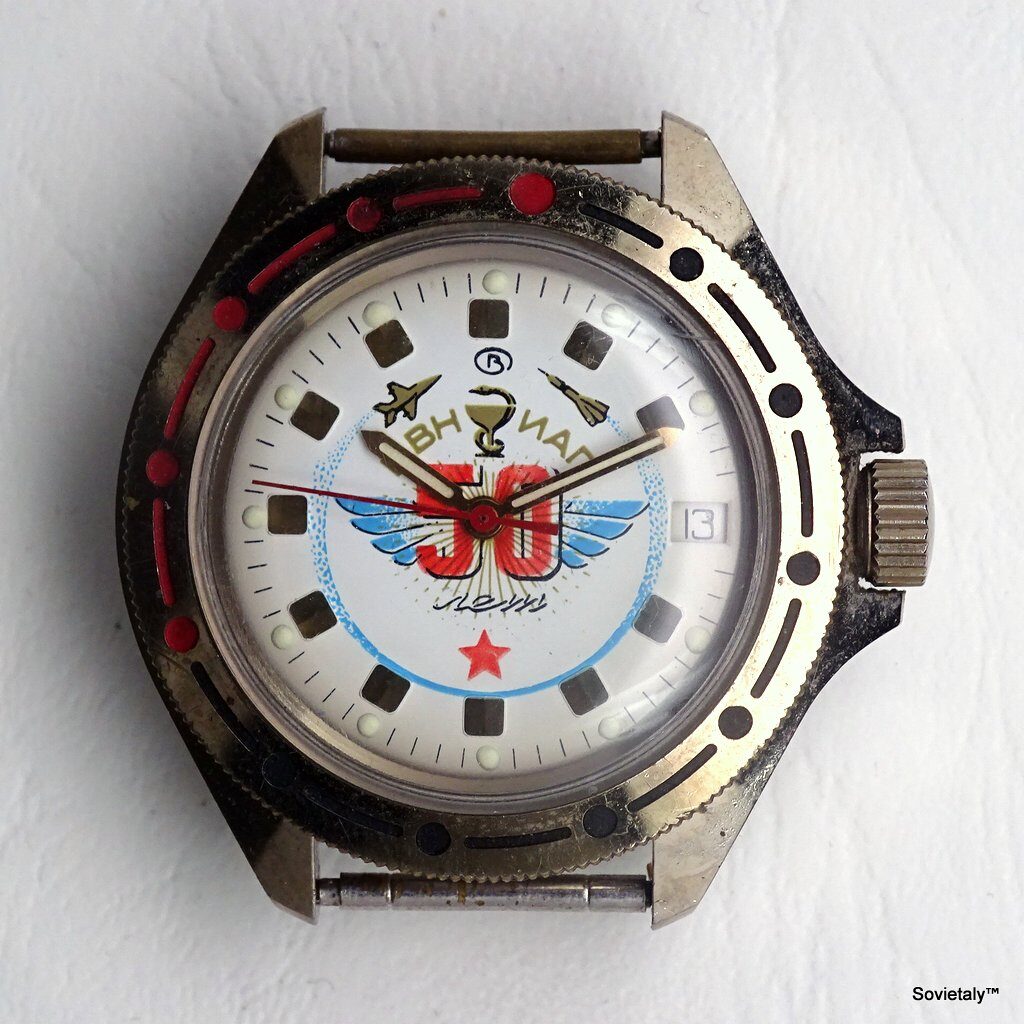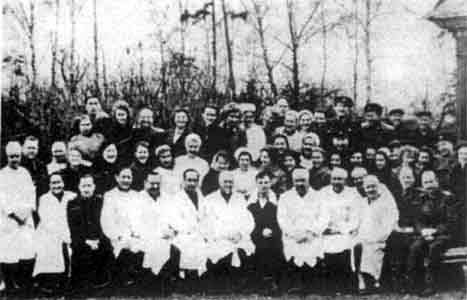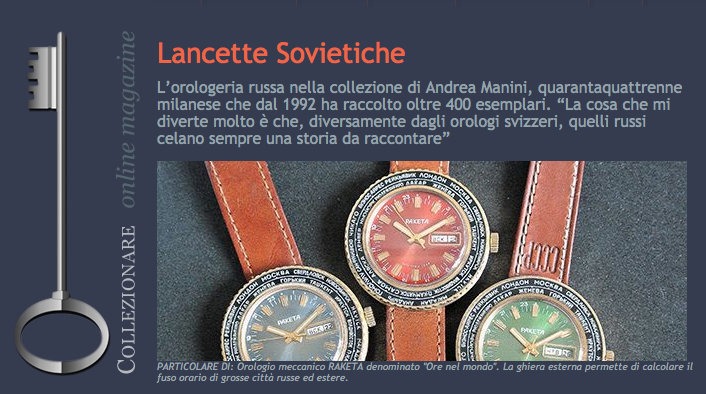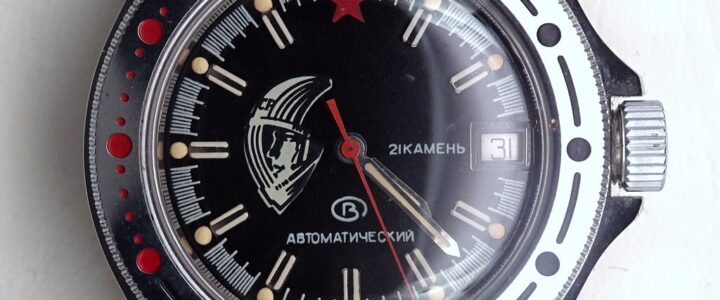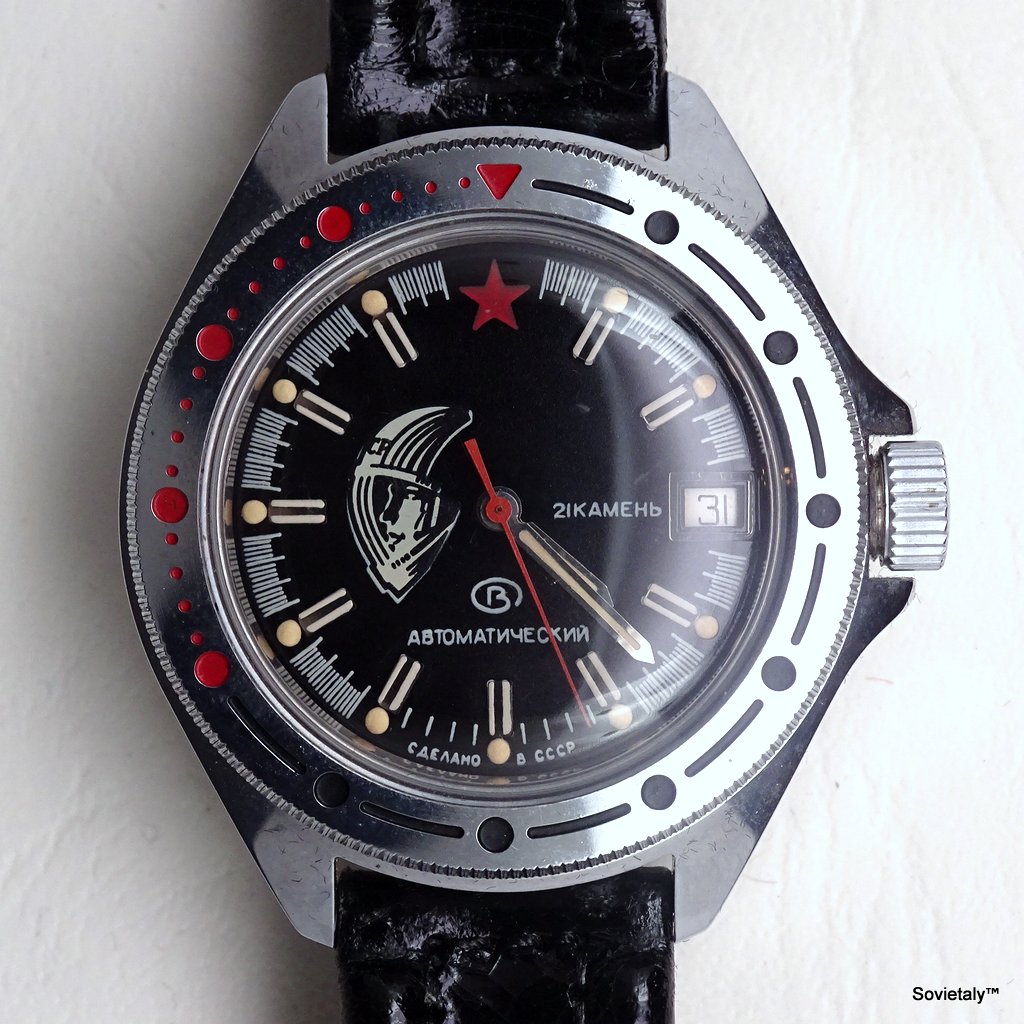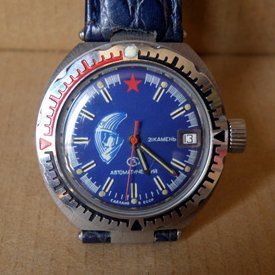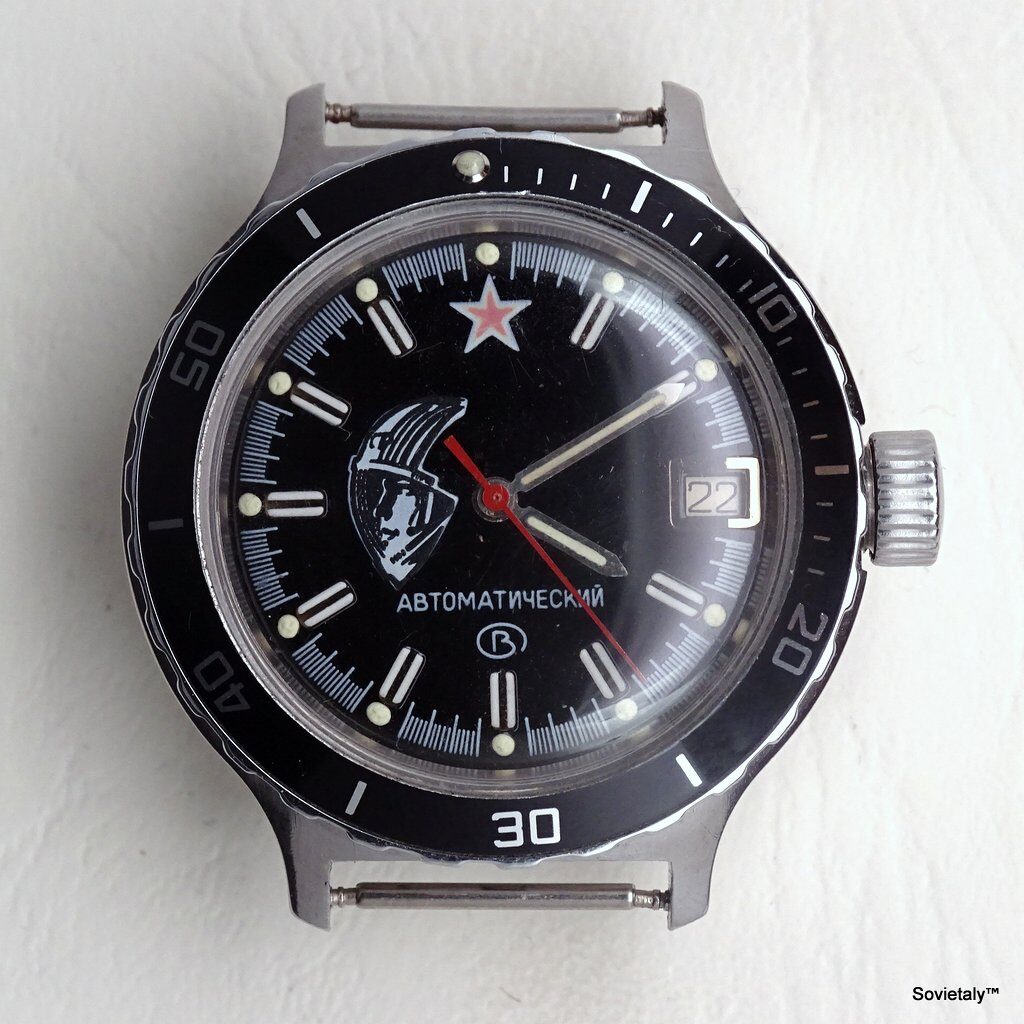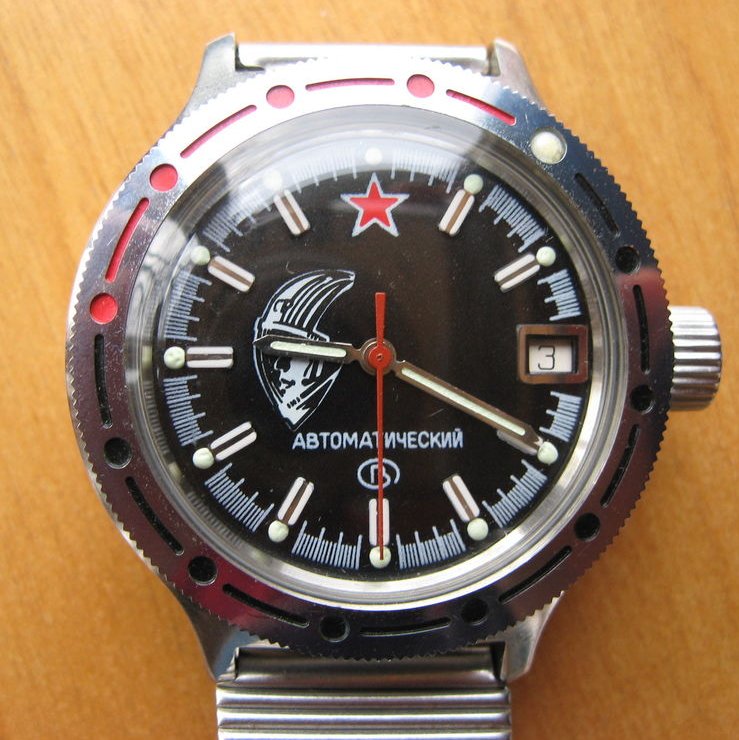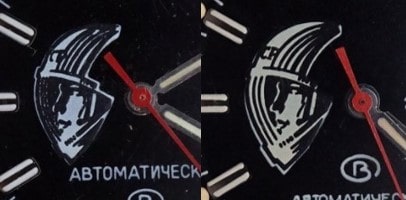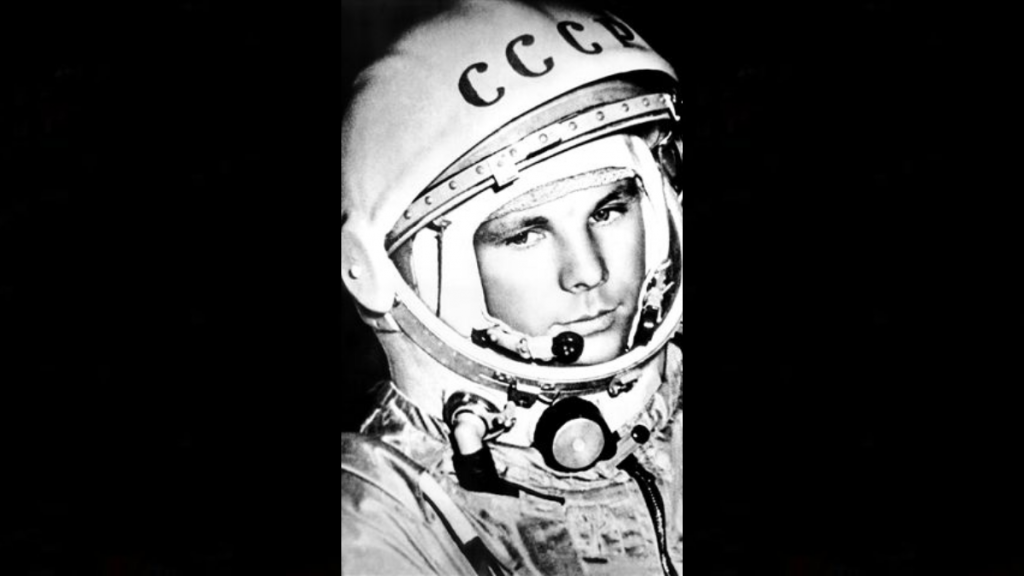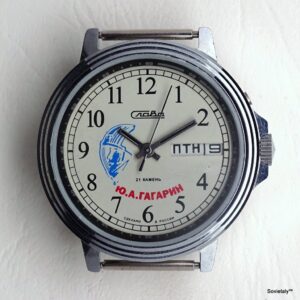The “history of Poljot” begins with the establishment of the First Moscow Watch Factory (Первый Государственный Часовой Завод) in 1930, a key event within the framework of the first Soviet Five-Year Plan. This plan, launched in 1928, aimed to develop heavy industry and modernise the Soviet economy, and the creation of a state-owned watch factory was a significant part of this effort. On December 21, 1927, the Council of Labour and Defence approved a resolution to organise watch production in the USSR, with the goal of producing watches that were comparable in quality and precision to those from Switzerland and the United States (Poljot Watch) (Moscow Watch).
Foundation and Early Years
The Birth within the Context of the Five-Year Plan
To achieve this goal, a group of Soviet engineers was sent to the United States to study production techniques. In 1929, the Soviet government purchased machinery and equipment from the Dueber-Hampden Watch Company in Canton, Ohio, and the Ansonia Clock Company in Brooklyn, New York. These machines were transported to Moscow, along with 23 American technicians, to initiate production (Caliber Corner) (KaminskyBlog).
Initial Production Years
Construction of the factory began in February 1930 and was completed by June of the same year. Official production started on October 1, 1930, with the first 50 pocket watches, known as Type-1 or К-43, based on the Hampden Size 16 calibre. Despite initial difficulties, including a shortage of skilled workers and frequent machinery breakdowns, production rapidly improved thanks to intensive worker training and the establishment of a repair workshop (Moscow Watch).
Expansion and Development
Dedication to Kirov and Production Growth
In 1935, the factory was renamed in honour of Sergei Kirov, a Bolshevik leader who had been assassinated. This event marked a period of expansion, with production reaching 450,000 pieces per year and the beginning of special watch production for cars and aeroplanes (Moscow Watch).
Evacuation during World War II
During World War II, the factory was evacuated to Zlatoust due to the advancing German forces. However, part of the equipment was brought back to Moscow in 1943, and the factory resumed production, focusing on wristwatches. This period also marked the beginning of the production of the renowned Pobeda watch (KaminskyBlog).
The Birth of the Poljot Brand
Name Change and New Models
In 1947, the factory was renamed the First Moscow Watch Factory and started producing the Pobeda wristwatch. In the 1950s, the factory became well-known for numerous innovative models, including the first Soviet automatic watches and special watches for Antarctic expeditions (Moscow Watch) (Poljot Watch).
Introduction of the Poljot Brand
In 1964, all previous brands were consolidated under the name Poljot, which means “flight” in Russian. Poljot quickly became the flagship brand of the Soviet watch industry, producing historical watches used in important space missions, including those worn by Yuri Gagarin, the first man in space (Poljot Watch).
Decline and Post-Soviet Transformation
Decline in the 1980s and 1990s
In the 1980s, the quality of Soviet watches began to decline due to economic stagnation and technological difficulties. After the collapse of the USSR in 1991, the Poljot factory was privatised and transformed into a joint-stock company in 1992. However, financial and managerial difficulties continued to plague the company (KaminskyBlog).
Establishment of Volmax and Maktime
Volmax was founded in 2000 by a group of former Poljot employees. The company focused on producing high-quality watches using historical Poljot designs and movements. Brands such as Aviator, Buran, and Sturmanskie were revived under Volmax, keeping the Russian watchmaking tradition alive (Moscow Watch) (KaminskyBlog).
Maktime, founded in 1996, acquired machinery and equipment from Poljot, including those necessary to produce the famous calibre 3133. Maktime continued the production of this movement and introduced various exclusive watch models, including skeleton watches with precious metal cases and decorations with precious stones (Caliber Corner).
Key Brands of the First Moscow Watch Factory
| Brand | Description |
|---|---|
| Poljot | Means “flight” in Russian; introduced in 1964, becoming the main brand for export and domestic markets. |
| Pobeda | Means “victory” in Russian; one of the first watches produced after World War II. |
| Sturmanskie | Worn by Yuri Gagarin on his first space flight; means “navigator”. |
| Kirovskie | Named in honour of Sergei Kirov; one of the first brands after the factory’s name change in 1935. |
| Mayak | Means “lighthouse” in Russian; one of the brands used in the 1950s and 1960s. |
| Moskva | Means “Moscow” in Russian; used in the 1950s. |
| Rodina | Means “motherland” in Russian; the first Soviet watch with an automatic winding function. |
| Sportivnie | Means “sporting” in Russian; watches with chronograph functions. |
| Signal | Mechanical watches with alarm functions; introduced in the late 1950s. |
| Sputnik | Commemorative of the launch of the first artificial satellite; introduced in 1957. |
| Antarktida | Special watches produced for Antarctic expeditions. |
| Kosmos | Means “cosmos” in Russian; commemorative space watches. |
| Orbita | Means “orbit” in Russian; one of the brands used for wristwatches. |
| Strela | Means “arrow” in Russian; worn by Alexei Leonov during the first spacewalk. |
| Vympel | A brand for high-precision watches. |
| Buran | Also used for more recent models. |
| Aviator | Mainly used for aviator watches. |
Main Calibres Produced
Mechanical Calibres
- Calibre 3133: Based on the Valjoux 7734, this is one of the most renowned chronograph movements.
- Calibre 2612: Mechanical movement with an alarm function.
- Calibre 2609: Used in Sturmanskie watches.
Quartz Calibres
- Calibre 2416: Quartz movement used in various Poljot models in the 1980s and 1990s.
- Calibre 2431: Another quartz movement produced in the later years of Poljot’s operations.
Conclusion
The “history of Poljot” is a journey through decades of technological and historical changes, consistently maintaining the high quality and craftsmanship of Russian watches. The legacy of Poljot continues to live on through the efforts of Volmax and Maktime.
- Raketa Big Zero: The Story Behind One of the Most Iconic Watches

- CCCP Sputnik 1 – A Watch That Celebrates the Space Age

- How to Remove Scratches from the Plexiglass of Your Watch: Complete Guide
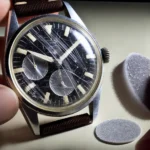
- Complete Guide to Modern Russian Watchmaking

- Soviet CCCP Watch: The History of SOVIET Watches from the ’90s

- Russian Military Watches: A Comprehensive Guide
